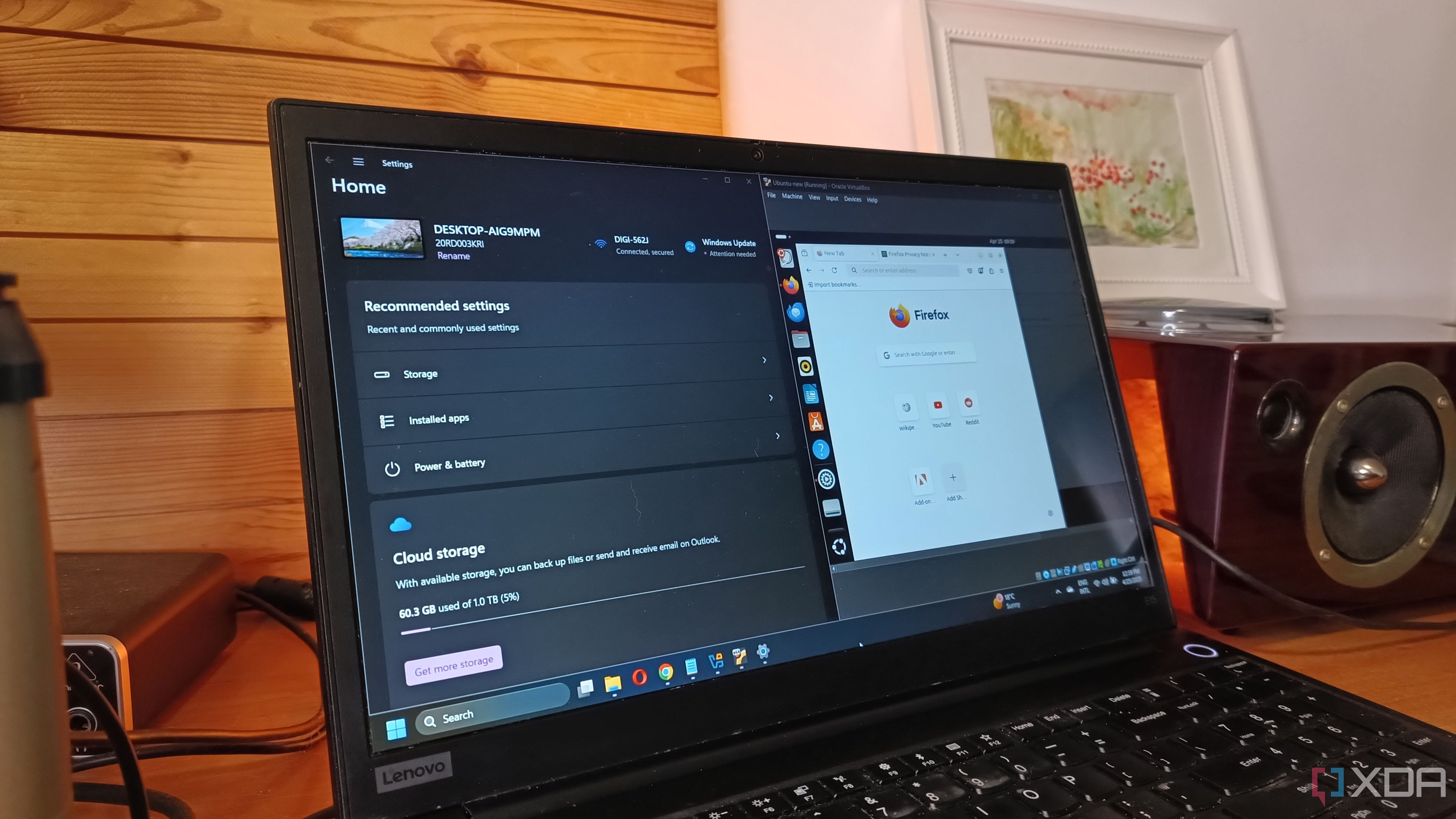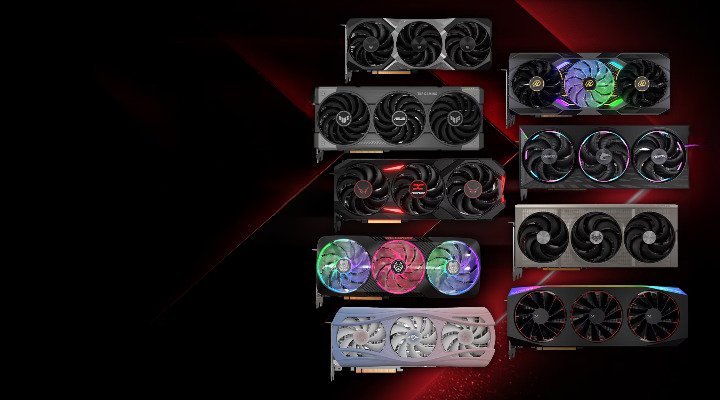Astronomers Stunned as Epic Mars Aurora Covers Entire Planet
Astronomers have captured visible auroras dazzling the skies above Mars — and they're unlike anything we can see on Earth. The spectacular discovery was made using NASA's Perseverance rover. Thanks to careful planning by the researchers, the robotic explorer was able to gaze up to the heavens just in time to catch a powerful solar storm slamming into Mars' thin atmosphere, creating a diffuse green glow that could be seen across the entire planet, dwarfing its Earth counterpart. The findings, published as a new study in the journal Science Advances, mark the first time ever that the Red Planet's auroras […]


Astronomers have finally captured visible auroras dazzling the skies above Mars — and they're unlike anything we see on Earth.
The spectacular discovery was made using NASA's Perseverance rover. Thanks to careful planning by the researchers, the robotic explorer gazed up to the heavens just in time to catch a powerful solar storm slamming into Mars' thin atmosphere, creating a diffuse green glow that could be seen across the entire planet, dwarfing its Earth counterparts.
The findings, published in a new study in the journal Science Advances, mark the first time that the Red Planet's auroras have been captured in light visible to the human eye. More than that, it's also the first time that an aurora has been seen from the surface of another planet.
"This exciting discovery opens up new possibilities for auroral research and confirms that auroras could be visible to future astronauts on Mars' surface," said study lead author Elise Knutsen at the University of Oslo in Norway in a statement about the work.

Auroras form when high-energy, electrically charged particles, usually from the Sun, strike a planet's magnetic field and excite the particles in the upper layers of the atmosphere. Green, the most common color, is the result of emissions from excited oxygen atoms.
For years, astronomers have suspected that Mars could host green auroras. But until now, Martian auroras have only been observed in ultraviolet light from orbit, according to NASA.
The fact that Mars has auroras at all is a bit of a head-scratcher. The Red Planet has little atmosphere left to speak of and longer possesses a global magnetic field, unlike Earth. The planet does have smaller regions of magnetism, however, and studying the auroras that emerge can tell astronomers a lot about the Martian atmosphere, which mysteriously vanished around 3.5 billion years ago, along with all its surface water.
"Aurora is the visible manifestation of how the Sun really affects the atmosphere of planets," Knutsen told the Washington Post. "It really lets you probe in a very direct way how particles are transferred and injected into atmospheres."
The curtains of light that we see on Earth are known as discrete auroras, Knutsen explained to WaPo. But Mars can host sinuous auroras, which take a winding shape that stretches across half a planet, and diffuse auroras, which cover an entire planet.
Serendipitously, the astronomers got to witness a globe-spanning one. Allowing them to make the discovery, scientists at NASA's Moon to Mars Space Weather Analysis Office forecasted that a powerful solar eruption known as a coronal mass ejection (CME) would impact Mars on March 15, 2024. After word got to Knutsen's team, they instantly knew that this was their chance.
"When we saw the strength of this one," Knutsen said in a statement, "we estimated it could trigger aurora bright enough for our instruments to detect."
When the CME finally came, Perseverance was ready. Just as Knutsen's team predicted, a green aurora lit up the sky, and the rover imaged it using its Mastcam-Z instrument. The picture may be pretty grainy, but this, the team assures, is just the beginning.
"It opens this new avenue for doing magnetospheric, atmospherics, and space weather research on Mars," Knutsen told WaPo.
More on dazzling lights: There's Something Very Unusual About Jupiter's Auroras
The post Astronomers Stunned as Epic Mars Aurora Covers Entire Planet appeared first on Futurism.













































-xl-(1)-xl-xl.jpg)












![SoundCloud latest company to hit trouble with AI clause in T&Cs [U]](https://i0.wp.com/9to5mac.com/wp-content/uploads/sites/6/2025/05/SoundCloud-latest-company-to-hit-trouble-with-AI-clause-in-TCs.jpg?resize=1200%2C628&quality=82&strip=all&ssl=1)








![Epic Games: Fortnite is offline for Apple devices worldwide after app store rejection [updated]](https://helios-i.mashable.com/imagery/articles/00T6DmFkLaAeJiMZlCJ7eUs/hero-image.fill.size_1200x675.v1747407583.jpg)










































.jpg)

















